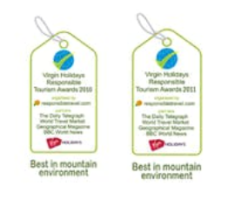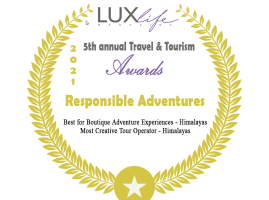The Differences between Lodge/Teahouse trekking and camping treks
LODGE/ TEAHOUSE TREKKING
All over Nepal, teahouse trekking has evolved into a more lodge-like experience. However, providing some more creature comforts – relatively consistent meals and beds- remains a pretty affordable way to trek.
Teahouses are found throughout the country’s trails, so no matter where you are, you can have a hot meal and a revitalizing sleep. Annapurna, Langtang, Upper Mustang, and Everest regions are full of teahouses, following the country’s well-beaten trekking trails. By the day, however, there are plenty of homestays in the developing paths converting into guesthouses.
Teahouse trekking is the new standard, with standardized menus and varying conditions of rooms. A general rule of thumb is that the more developed the trail, the more amenities the lodges have. But when it comes to food, the quality varies, and the interpretation of what constitutes each dish does too.
You will be able to find pizza, fried rice, macaroni and cheese, and some other tastes of home in the dining rooms. But keep your expectations low because a pizza in The Himalayas is Nepali, not from Napoli. However, that’s not to detract from the food; don’t go in with Michelin’s standards.
Another great benefit to teahouses is being close to locals to converse and learn about their cultures. It’s equally suitable for those not wanting to be burdened with carrying their tents and food for the duration of their trip. If you’re staying in guest houses, you’ll generally have a porter carrying your gear (if you’ve booked with a trekking company); so you will only need to have a 30-40 litre bag for your personal effects, such as sunglasses, drinking water, snacks, hat, and jacket in case of rain.
You’ll also be provided blankets, and, in some lodges, there will be wood-burning heaters, and the dining rooms get nice and toasty with all the trekkers reading, playing cards, and having fun after a day’s trekking.

A FEW WORDS OF ADVICE:
– Don’t leave belongings in the dining rooms unattended. You may lose them, so be sure to ask a buddy or guide to look after them while you are away.
– Always lock your room. Generally, guesthouses are safe and secure, but it pays to play it safe.
ORGANIZED CAMPING TREKS
A camping trek is the original and classic style of trekking. Before Nepal’s tourism industry, entrepreneurs began opening their teahouses, tents, porters, cooks, animals, and guides to run the country’s expeditions.
While it might seem daunting to carry weeks’ worth of food, tents, and other paraphernalia, don’t fear. Robust porters carry the trekking gear, hauling food, fuel, utensils, and food. Camping in the Himalayas is luxurious compared to what many Westerners might be used to. But, much like teahouse treks, all trekkers need to carry their daily necessities.
The trekking team does the rest: setting and breaking camp, preparing meals, and purchasing fresh food along the trail. Some high-end companies provide makeshift ablution blocks, shower tents, and even heaters for dining tents. It all comes down to how much you are willing to pay for your camping trek, which is generally more expensive.
Understandably, the cost difference is because of the number of people employed, the gear they have to carry, and the duration they are away. But, despite the steeper cost, the experience is unlike any teahouse trekkers have because they are off the beaten track, and people can experience much more untouched Nepal. And, if you have the right company, you will get to experience an authenticity you won’t find on a beaten trail.

RESPONSIBLE TOURISM:
It would help if you were assertive with whatever trekking agency you are about to book to make sure they are environmentally considerate. The best carry out all rubbish produced by their team while catering for you following the ‘Leave No Trace values. The saying goes: “Take nothing but photos and leave nothing but footprints.”
WORD OF CAUTION:
– If you are fortunate enough to find a top trekking company that can provide a heater for the dining tent, keep part of the zippers/flaps open to allow air circulation to avoid carbon monoxide build-up. Similarly, unzip a part of the inner tent to enable airflow to minimize condensation inside your tent.
Check out our Trekking packages for Nepal, Bhutan, India, and Tibet.
















